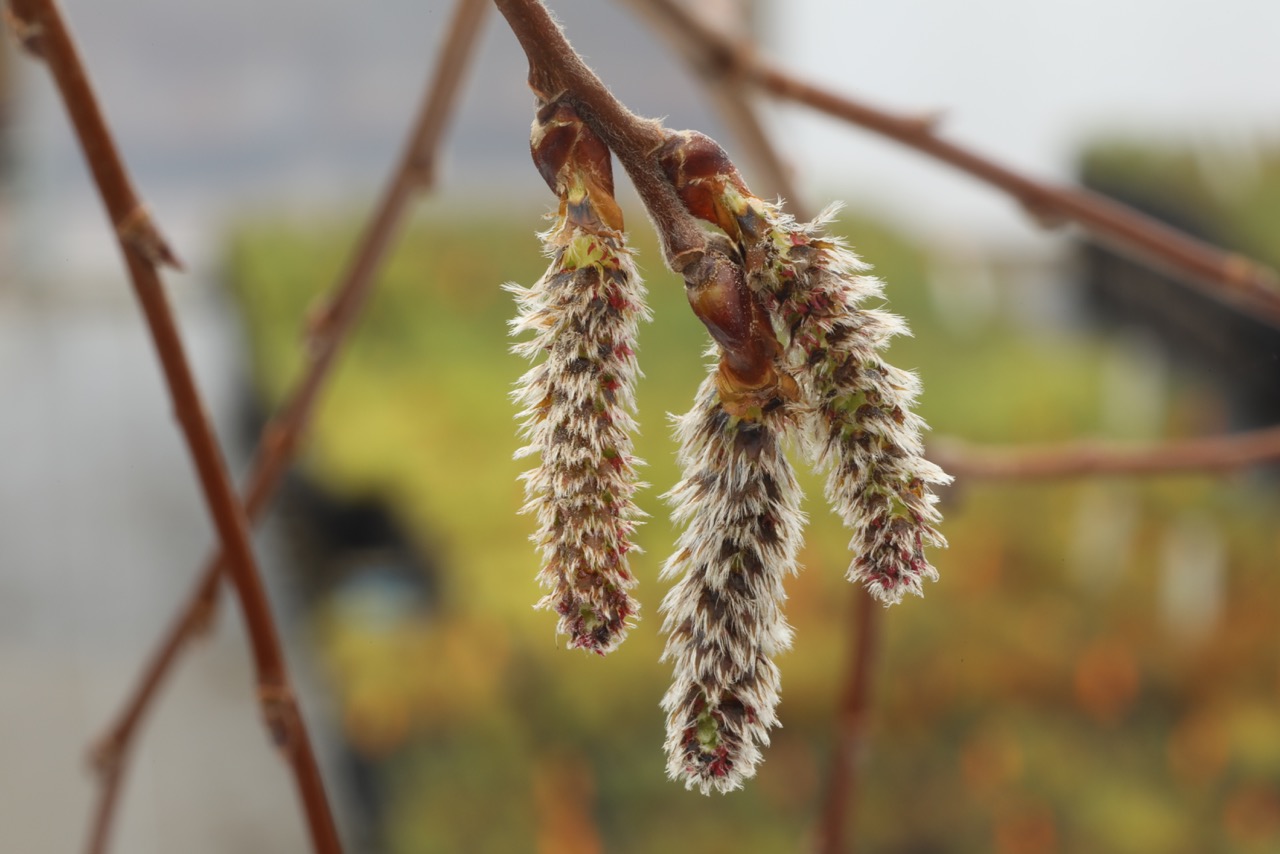New network launched in Cairngorms to restore one of Scotland’s rarest native trees
An initiative has been launched in the Cairngorms National Park to save and restore one of Scotland's most important yet endangered native trees
An initiative has been launched in the Cairngorms National Park to save and restore one of Scotland's most important yet endangered native tree species.
The new partnership between Trees for Life and the Cairngorms National Park Authority, working with Cairngorms Aspen Group, aims to map, expand and connect aspen – an essential but now rare feature of the Caledonian forest.
Aspen provides a habitat for a wide range of rare fungi, lichens, mosses, moths – but although once common, it has now largely disappeared from Scotland’s landscapes. Experts believe aspen has suffered more from deforestation than any other native tree in Scotland.
The new Cairngorms Aspen Network is bringing together experts, enthusiasts, and land managers to take action to identify and then restore aspen-rich habitats, and so boost wildlife and threatened species. It will also raise awareness about the importance of aspen.
A healthy, functional aspen network will help build resilience against climate change and biodiversity loss, says the Network.
“The new aspen network will offer much-needed hope for tackling the nature and climate emergencies by developing a restored, better-connected and healthier aspen network. By working together, we can improve the future of our aspen woodlands and the life they bring with them,” said Niamh Byrne, Aspen Project Officer at rewilding charity Trees for Life.
Aspen has been hit especially hard by deforestation and overgrazing, largely because it rarely flowers or sets seeds in Scotland, for reasons that remain unclear. This means once it is lost from an area, aspen is unlikely to return on its own.
The tree’s survival is threatened in the Highlands, where it now often only regenerates on rocky slopes or cliffs, out of the reach of grazing animals. Such small fragmented stands – sometimes a handful of old trees growing off the same root system – are geographically isolated and cannot provide a proper habitat for the many species that depend on them.
Fragmentation of native woodlands also reduce aspen’s chances of reproduction, while new growth by suckers from a parent plant is often grazed before it can flourish.
Characterised by shimmering foliage in summer and leaves which turn a stunning golden yellow in the autumn, and able to grow at elevations of up to 550 metres, aspen is extremely important for many reasons.
Aspen grows fast and dies young – meaning it efficiently locks away carbon. Aspen’s high rate of leaf fall and production of deadwood enriches soils, which creates optimum conditions for other plants and trees.
Over 60 insect species are known to feed on aspen foliage in Scotland. Young aspen shoots provide food for caterpillars of the rare dark-bordered beauty moth, while the endangered aspen hoverfly favours aspen deadwood. The tree is also highly valued by beavers.
Sarah Henshall, Head of Conservation for the Cairngorms National Park Authority, said: “Aspen is a priority species in Cairngorms National Park and hugely important resource for rare and threatened wildlife. Aspen also makes a significant contribution towards healthy and resilient nature networks in the National Park.”
The project’s first stage, being carried out by Trees for Life, is mapping the location, condition and health of the Cairngorms National Park’s existing aspen, alongside key plants and animals that depend on the tree.
This mapping will help identify key sites and management priorities, including growing and planting plans for creating a thriving new network of aspen, and will create a blueprint for an effective approach to aspen conservation that could be rolled out across Scotland.
As the project develops, it is hoped there will also be scope for local volunteers to get involved, including by gaining hands-on rewilding experience and receiving training for carrying out aspen surveys.
Trees for Life has been working to restore aspen to the Highlands since 1991, including by growing and planting thousands of young aspen trees annually.
Over recent years, Trees for Life has successfully encouraged aspens to produce seed under controlled conditions at its Dundreggan rewilding estate in Glenmoriston – producing new generations of aspen to support woodland restoration projects across the Highlands.
The Cairngorms Aspen Network Project is funded by a grant from the Cairngorms National Park Authority. For more details, see treesforlife.org.uk/cairngorms-aspen-network.
/ Ends
Press release distributed by Pressat on behalf of Trees for Life, on Friday 8 November, 2024. For more information subscribe and follow https://pressat.co.uk/
Cairngorms Scotland Trees Forests Aspen Rewilding Environment Nature Climate Biodiversity Charities & non-profits Environment & Nature Farming & Animals
You just read:
New network launched in Cairngorms to restore one of Scotland’s rarest native trees
News from this source:


